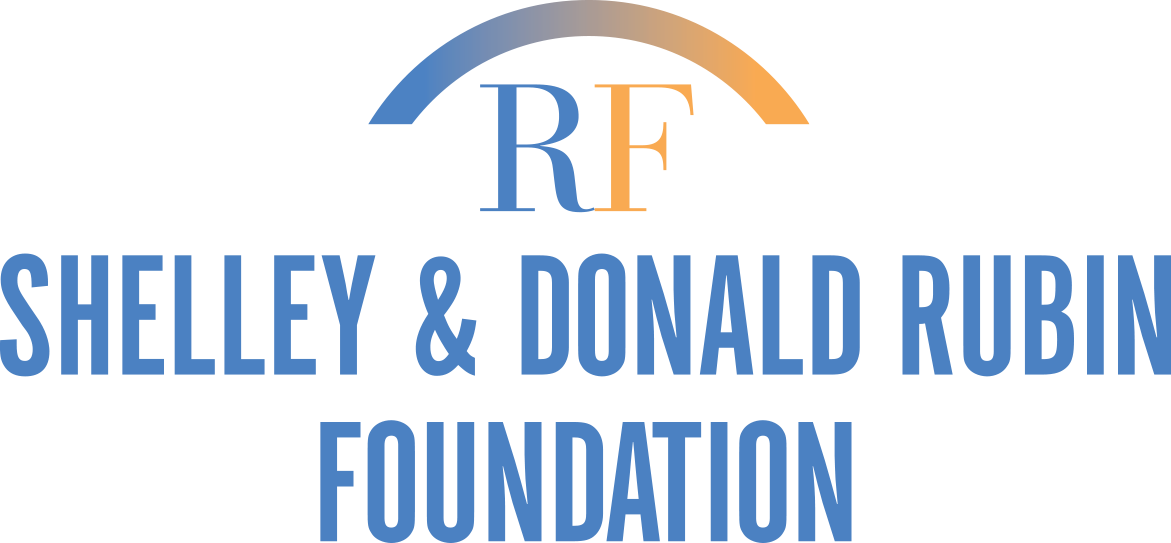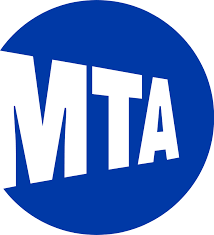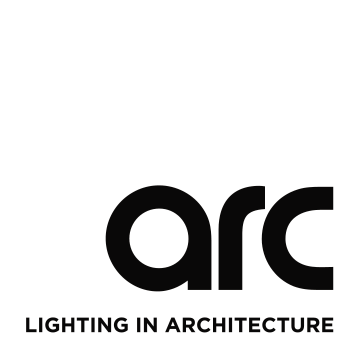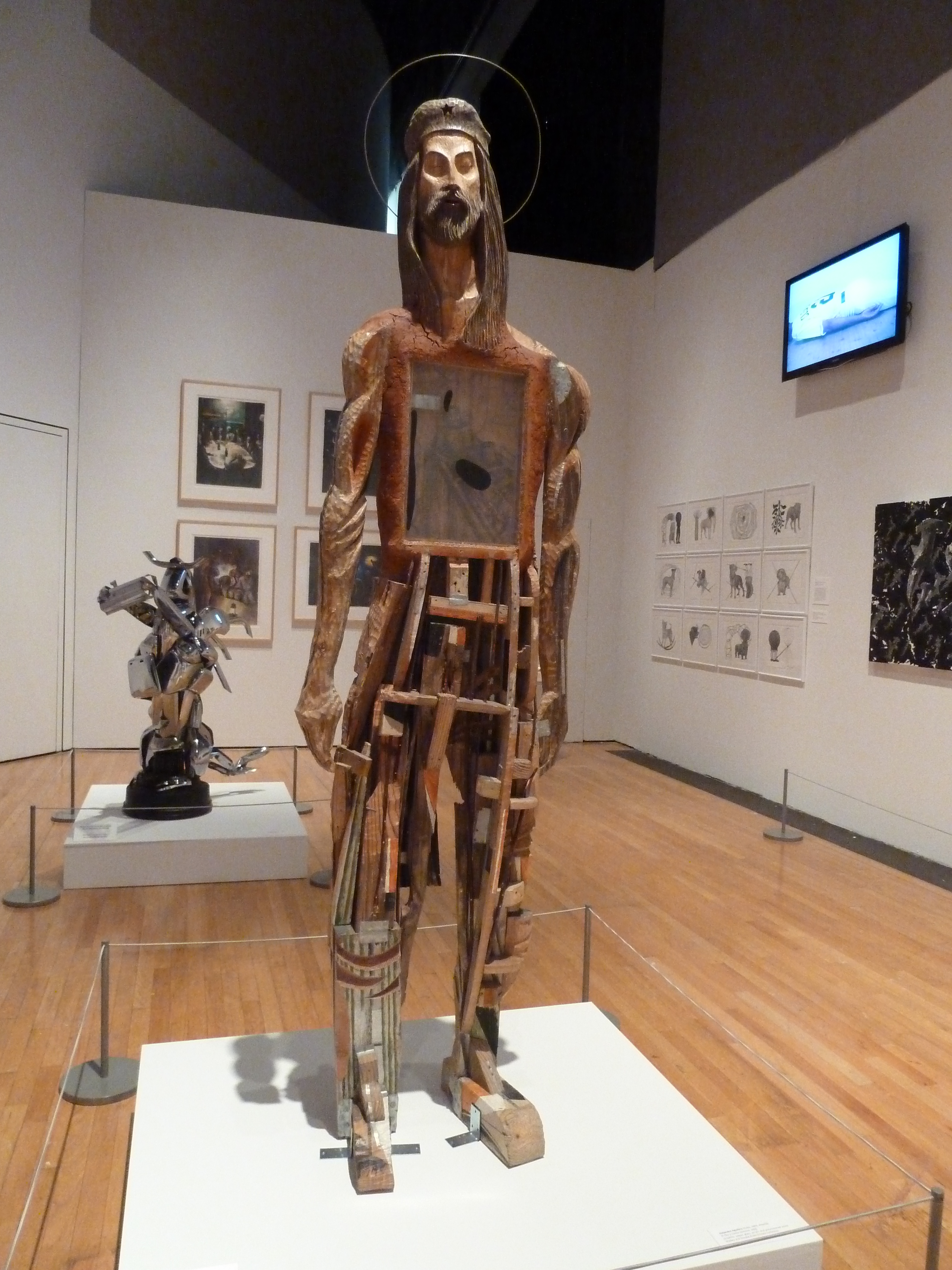Exhibitions - Caribbean: Crossroads of the World
Caribbean: Crossroads of the World
Caribbean: Crossroads of the World is the culmination of nearly a decade of collaborative research and scholarship organized by El Museo del Barrio in collaboration with the Queens Museum of Art and The Studio Museum in Harlem. Exploring the complexity of the Caribbean region from the Haitian Revolution to the present, this exhibition gathers objects that highlight more than two hundred years of history, art, and visual culture from the Caribbean basin and its diaspora.
Caribbean: Crossroads engages conversations about the complex and rich history of the Caribbean and its transatlantic cultures. The broad-ranging themes examined in this multi-venue project draw attention to diverse views of the contemporary Caribbean, and shed new light on the encounters and exchanges among the countries and territories comprising the New World. In particular, this exhibition emphasizes the relationship between the Caribbean and the United States, and draws attention to artists from both locales who, through artistic production and scholarship, participate in ongoing conversations about national identity and belonging.
The works on view at the three institutions represent both Caribbean perspectives and external perceptions of the region, evidencing a wide range of subjects and artistic practices that include portraiture, spiritual and religious themes, depictions of labor and historical events, abstraction, and contemporary video and installation work. This diverse span of artwork provides a visual history of the Caribbean as a pivotal crossroads between Africa, Europe, Asia and the Americas. Whether using techniques developed within the region, or Western art traditions, the artists explore the movement of people, objects, images and ideas through the various waterways that join and separate the expanded conceptual and geographical boundaries of the Caribbean.
This exhibition is organized into six themes that consider the objects from various cultural, geographic, historical and visual standpoints: Shades of History, Land of the Outlaw, Patriot Acts, Counterpoints, Kingdoms of this World and Fluid Motions.
At The Studio Museum in Harlem, Shades of History explores how artists have perceived the significance of race and its relevance to the social development, history and culture of the Caribbean, beginning with the pivotal moment of the Haitian Revolution (1791‒1804). Land of the Outlaw features works of art that examine dual perceptions of the Caribbean as a utopic place of pleasure and a land of lawlessness, as well as investigate historical and contemporary interpretations of the “outlaw.”
Discover Images of the Exhibition
Participating Artists
— Alejandro Aguilera
— Alexander Apostol
— Otto Arpke
— Everald Brown
— Sandra Ceballos
— Donna Conlon
— Jonathan Harker
— Roberto Diago y Querol
— Jose Maria Espinosa Prieto
— Gonzalo Fuenmayor
— Regina Jose Galindo
— Juan Gonzales
— Padu Lampe
— Oscar Leone Moyano
— Tirzo Martha
— Hector Mendes Caratini
— Ruben Moreira
— Ryan Oduber
— Rafael Otton Solis Quiros
— Marcel Pina
— Jorge Pineda
— Salvador Rizo
— Sheena Rose
— Rafael Trelles
— Humberto Velez
Supporters
Additional support was provided by the National Endowment of the Arts, Bacardi USA, Christie’s inc., Ramón and Nercys Cernuda, Consulate General of the Netherlands in New York, Patricia & Howard Farber Foundation, Rubin Foundation, Jacqueline Curiel-Zamoranighs and Susan R. Delvalle. Exhibition programs are supported, in part, by public funds from the New York City Department of Cultural Affairs and the New York State Council on the Arts, a State Agency. Media Sponsorship for this exhibition is provided by Cablevision, MTA NYC Transit, Thirteen, a WNET.ORG station, WABC-TV, and WXTV Univision 41. Special thanks to ARC Magazine, Art Experience: New York City, and Christie’s for their additional media support













